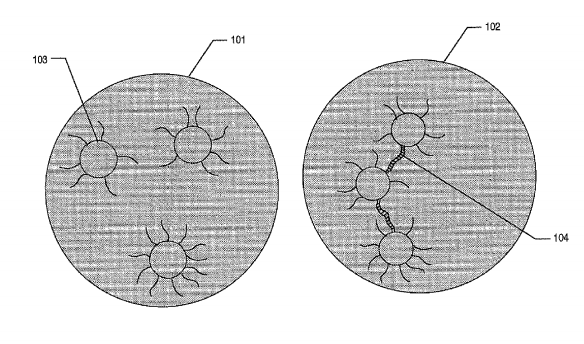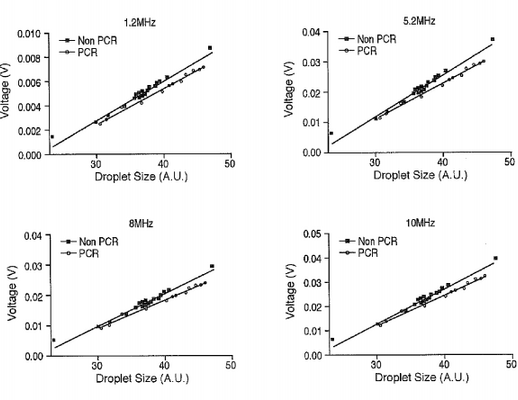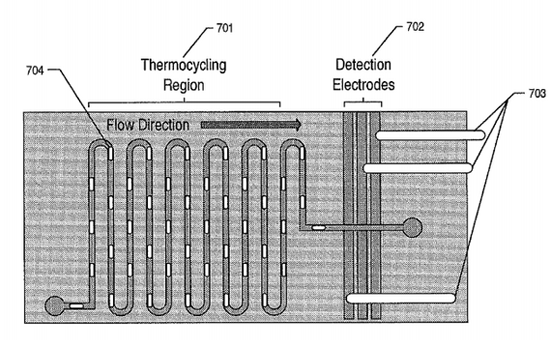Real-Time, Label-Free Detection of Nucleic Acid Amplification in Droplets Using Impedance Spectroscopy and using Solid-Phase Substrates
Brief Description
Researchers at UC Irvine have developed a technology to detect the presence of nucleic acid amplification in a droplet. This technology yields real time detection of DNA or RNA amplication in a high throughput integrated microfluidic platform.
Full Description
Polymerase Chain Reaction (PCR) is a standard procedure used to amplify specific regions of DNA or RNA across several orders of magnitude to generate thousands to millions of copies pf a particular DNA or RNA sequence. Droplet microfluidics represent an advance in this technology. Droplet microfluidics use droplets as a platform for isolated reaction chambers. Detection of the generated oligonucleotides typically involve using a fluorescence probe. This can be costly and involves more post-processing steps.
Researchers at UC Irvine have improved upon this system by developing a technology that uses impedance-based detection that eliminates the need for fluorescently labelled. The process is illustrated in Figure 1. When DNA or RNA is present within the droplets, primers conjugated to the nanoparticles cause aggregation of the nanoparticles during the PCR process (Fig. 1, right). This causes changes in the electrical properties, which can be measured by subjecting the droplet to a certain electrical field. The impedance measurements are used to determine the presence of amplified DNA or RNA in the droplet.
 Figure 1
illustrates nucleotide amplification process in the droplets.
Figure 1
illustrates nucleotide amplification process in the droplets.

Figure 2
Figure 2 shows the reference plots of peak-to-peak voltage data obatined from measuring reference droplets from a variety of sizes at four frequencies. Each data point represents a single droplet. Linear fitting of the collected peak-to-peak voltage data creates reference curves. The curves show obvious differences in the voltage signals obtained from droplets containing amplified DNA and non-amplified DNA. These reference curves can subsequently be used as a predictor for DNA amplification in test droplets.
This technology can be developed into a platform for detection of amplified DNA or RNA for applications in droplet microfluidics. Figure 3 illustrates a platform that incorporates impedance-based detection method. The device contains a thermocycling region for PCR, a set of detection electrodes, and electrical contact pads. Test droplets flow over the detection electrode through a fluidic channel in sequence. The detection electrodes are coupled with a current amplifier and an impedance spectroscope which provide measurement mechanism for electrical impedance of each droplet in the fluidic channel.

Figure 3
Suggested uses
This technology can be used for real-time DNA/RNA detection at high efficiency.
Advantages
This technology is able to discriminate precisely between samples that contain DNA and samples that contain amplified DNA. It is high-throughput and amenable with microfluidic technologies.
Patent Status
| Country | Type | Number | Dated | Case |
| United States Of America | Issued Patent | 9,030,215 | 05/12/2015 | 2012-202 |
Contact
- Ben Chu
- ben.chu@uci.edu
- tel: View Phone Number.
